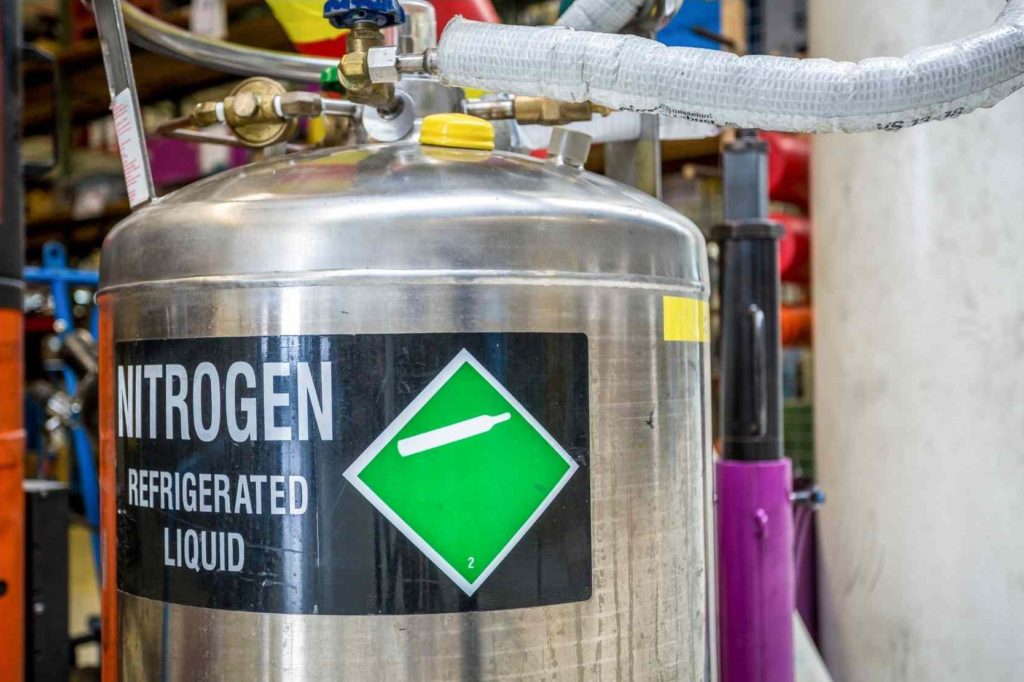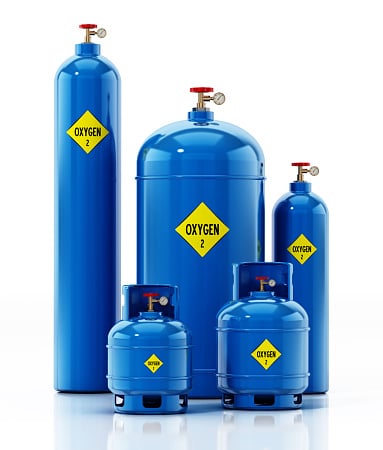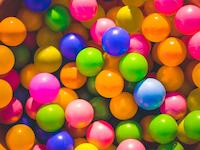Liquid nitrogen is a liquified form of nitrogen gas that is used as a cryogen in many applications that require extremely low temperatures or rapid temperature reduction. Because of its inert nature, it can be used in applications where a substance needs to be protected from oxidation or combustion by atmospheric air, or contamination by moisture. Keep reading to know more about the question “how cold is liquid nitrogen?”.

Liquid nitrogen is synthesized in large quantities at air separation plants that liquefy and distill air into its component gases: nitrogen, oxygen, and argon. It is stored as a cryogenic liquid in a vacuum-insulated vessel that can hold several days’ worth of material and can be used as a liquid or gas on demand.
Table of Contents
Liquid Nitrogen- Key Points
- Liquefied refrigerated gas
- Gas/vapor is denser than air.
- Non-toxic, odorless, and colorless
- At room temperature, it is chemically inert.
How Cold Is Liquid Nitrogen?
Nitrogen is a gas that exists in the atmosphere. In fact, air contains approximately 78 percent nitrogen. In small amounts, air also contains oxygen, carbon dioxide, hydrogen, water vapor, and many other gases. When gas is brought to a very low temperature, it condenses into a liquid similar to water. Liquid nitrogen is simply extremely cold nitrogen with a temperature of − 196 °C [− 320 °F]. It’s so cold that anything it touches instantly freezes. Furthermore, anything at normal room temperature is so much hotter than liquid nitrogen that it boils when it comes into contact with it.
Summary
- Liquid nitrogen is simply extremely cold nitrogen.
- The answer to the question “how cold is liquid nitrogen?” is negative 320 degrees Fahrenheit (-196oC)
- Because of its inert nature, liquid nitrogen can be used in applications where a substance needs to be protected from atmospheric air oxidation or combustion, or moisture contamination.
More Interesting Topics
Hydrogen Cyanide-A Simple Overview
NH3 Oxidation Number
Is Carbon Dioxide a Pure Substance?
Sulfur trioxide (SO3)
NH3 Lewis Structure & Molecular Geometry
HCN Lewis Structure & Molecular Geometry
NH3 Molecular Geometry
What is the Molar Mass of Nitrogen?
Frequently Asked Questions
1. What is the molar mass of nitrogen?
Nitrogen has the chemical symbol N, atomic number 7, and a mass of 14.00674. The molar mass of nitrogen is 28 atomic mass units (AMU).
2. How many valence electrons are there in nitrogen?
Nitrogen has 5 valence electrons. Nitrogen (N) is a nonmetallic element in Periodic Group 15 [Va]. It is a colorless, odorless, and tasteless gas that is the most abundant element in the Earth’s atmosphere and is found in all living things.
3. Is NH3 polar?
NH3 is polar due to its three N-H bond dipoles. nitrogen is more electronegative than hydrogen. Charging differences between nitrogen and hydrogen atoms cause polarity.
4. Is carbon dioxide a pure substance?
Carbon dioxide (CO2) is a pure substance. It is a gas with a fixed composition that maintains its identity even when subjected to minor physical changes such as temperature and pressure.
5. Is HCL polar or nonpolar?
HCL is a polar molecule. Because chlorine is more electronegative than hydrogen, it attracts the bound electron pair and gains a partial negative charge, whereas hydrogen gains a partial positive charge.
6. What is nitrogen fluoride?
Nitrogen trifluoride (NF3) is a colorless gas that has a moldy odor. It is extremely toxic when inhaled.
7. What is air?
Air is a homogeneous mixture of different gasses. The air in the atmosphere is composed of nitrogen, oxygen (which is required for animal and human life), carbon dioxide, water vapor, and trace amounts of other elements (argon, neon, etc.). At higher elevations, air contains ozone, helium, and hydrogen.
8. What is liquid oxygen?
Liquid oxygen is a liquified form of oxygen gas that is utilized as an oxidant for liquid fuels in defense systems. It is incredibly cold and has a boiling point of –297.3 degrees Fahrenheit (-182.9 degrees Celcius).
9. Density of oxygen?
Liquid oxygen is a liquified form of oxygen gas that is utilized as an oxidant for liquid fuels in missile and rocket propellant systems. It is incredibly cold and has a boiling point of –297.3 degrees Fahrenheit (-182.9 degrees Celcius).
Check the full article “Density of oxygen”.
10. Is helium a gas?
Helium (He) is an inert gas and chemical element in Periodic Group 18. (noble gases). Helium, the second lightest element (only hydrogen is lighter), is a colorless, odorless, and tasteless gas that freezes at 268.9 degrees Celsius (452 degrees Fahrenheit).
11. At what temperature does water freeze?
Water’s normal freezing and melting points are 0 degrees Celsius or 32 degrees Fahrenheit.
12. Hydrogen cyanide polar or nonpolar?
HCN is a polar molecule.
As can be seen from the HCN lewis structure, the electronegativity difference between nitrogen (3.04) and hydrogen (2.2) makes it a polar molecule.
More Links
Hydrogen Iodide
Hydrogen Ion | Definition, Charge & Formula
The pH of Distilled/ De-Ionized Water
Liquid Definition| Chemistry
Hydrogen Phosphate Formula
Hydrogen Sulfide (H2S) Acid
- BCl3 Lewis Structure in four simple steps - November 1, 2023
- PH3 Lewis Structure in four simple steps - October 8, 2023
- PF3 Lewis structure in four simple steps - September 24, 2023



